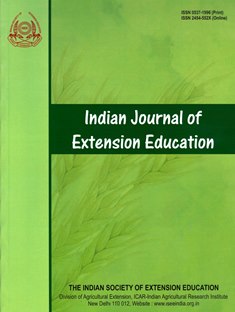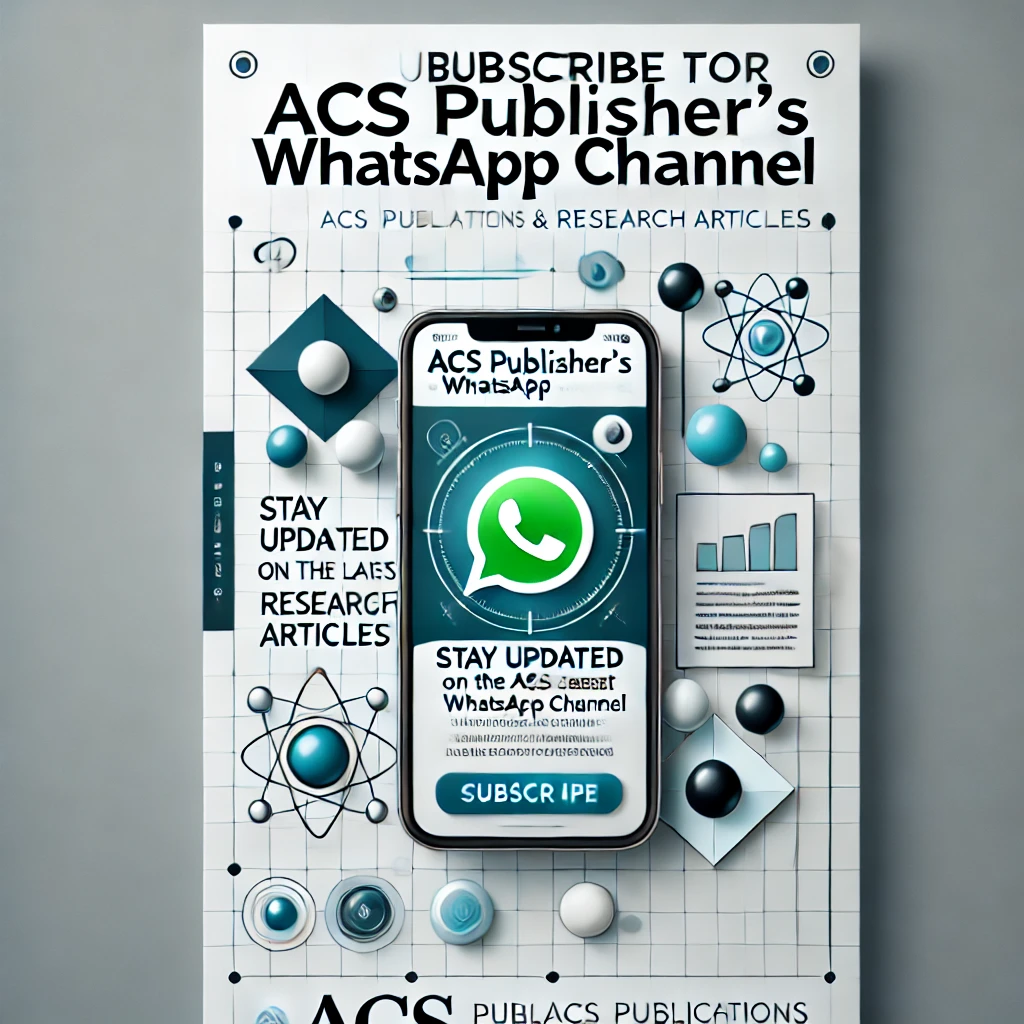Bibliometric Exploration of Bullying, Workplace Bullying, and Cyberbullying based on the Scientific Scopus Quantum
DOI:
https://doi.org/10.48165/IJEE.2025.61409Keywords:
Bibliometric analysis, Bullying, Workplace bullying, Cyberbullying, ScopusAbstract
The study examines the landscape of bullying research, with a focus on workplace bullying and cyberbullying, utilizing Scopus-indexed publications from 1999 to 2024. A total of 20,406 publications were analyzed, including 14051 on bullying, 1,583 on workplace bullying, and 4,772 on cyberbullying. A bibliometric analysis was conducted using descriptive and network techniques to evaluate research productivity, trends, and collaborations. Key findings reveal that citations for bullying peaked in 2015, with workplace bullying research stabilizing, while cyberbullying research has shown sustained growth, reflecting the rise of digital platforms. Co-authorship analysis highlights strong international collaborations, with significant contributions from scholars like Espelage, D.L., and Einarsen, S., and leading research hubs in the U.S., U.K., and Scandinavia. Keyword co-occurrence identified critical themes such as workplace dynamics, adolescent victimization, and digital harassment. Emerging clusters in healthcare and family dynamics highlight underexplored domains that require further investigation. Future research should address bullying’s socio psychological impacts and develop innovative methodologies to mitigate its evolving challenges in diverse settings.
Downloads
References
Agarwal, N., Jain, N., Pathak, G. S., & Gupta, S. (2022). Emerging trends in bibliometric analysis: A systematic review. Journal of Scientometric Research, 11(1), 12–25. https://doi.org/10.5530/jscires.11.1.2
Einarsen, S., Hoel, H., Zapf, D., & Cooper, C. L. (2003). Bullying and emotional abuse in the workplace: International perspectives in research and practice. CRC Press. https://doi.org/10.1201/9780203164662
Einarsen, S., Hoel, H., Zapf, D., & Cooper, C. L. (2020). Bullying and harassment in the workplace: Theory, research, and practice (3rd ed.). CRC Press. https://doi.org/10.1201/9780429462528
Escobar, M., López-Cepero, J., & Rodríguez-Díaz, F. J. (2023). Workplace bullying in Latin America: A systematic review. International Journal of Environmental Research and Public Health, 20(4), 3214. https://doi.org/10.3390/ijerph20043214
Espelage, D. L., & Hong, J. S. (2017). Cyberbullying prevention and intervention efforts: Current knowledge and future directions. Canadian Journal of Psychiatry. Revue Canadienne de Psychiatrie, 62(6), 374–380. https://doi.org/10.1177/0706743716684793
Giorgi, G., Ando, M., Arenas, A., Shoss, M. K., & Mucci, N. (2015). Workplace bullying in the USA and Japan: Cross-cultural perspectives. Aggression and Violent Behavior, 24, 245–251. https://doi.org/10.1016/j.avb.2015.06.011
Hoel, H., Zapf, D., & Cooper, C. L. (2021). The importance of organizational culture in managing workplace bullying. International Journal of Organizational Analysis, 29(1), 12–29. https://doi.org/10.1108/IJOA-06-2019-1780
Hong, J. S., Espelage, D. L., & Lee, J. M. (2019). Bullying among boys and girls in South Korea: Prevalence, predictors, and prevention programs. Asian Social Work and Policy Review, 13(2), 167–176. https://doi.org/10.1111/aswp.12173
Huang, J., Zhang, J., & Guo, W. (2021). Ethical challenges of AI-based interventions in cyberbullying detection and prevention. AI & Society, 36(3), 759–771. https://doi.org/10.1007/s00146-020-01067-5
Hymel, S., & Swearer, S. M. (2015). Four decades of research on school bullying: An introduction. The American Psychologist, 70(4), 293–299. https://doi.org/10.1037/a0038928
Jenkins, D. (2017). How to effectively use Scopus for research. Scopus Insights, Elsevier. Retrieved from https://www.elsevier.com/en-xm/solutions/scopus
Kowalski, R. M., Giumetti, G. W., Schroeder, A. N., & Lattanner, M. R. (2014). Bullying in the digital age: A critical review and meta-analysis of cyberbullying research among youth. Psychological Bulletin, 140(4), 1073–1137. https://doi.org/10.1037/a0035618
Mukherjee, S., & Jha, S. K. (2024). Utilization pattern of information and communication technologies among the farming community of West Bengal. Indian Journal of Extension Education, 60(1), 7–13. https://doi.org/10.48165/IJEE.2024.60102
Olweus, D. (1993). Bullying at school: What we know and what we can do. Wiley-Blackwell. https://doi.org/10.1002/9781118269504
Patchin, J. W., & Hinduja, S. (2012). Cyberbullying: An update and synthesis of the research. Cyberpsychology, Behavior, and Social Networking, 15(4), 198–205. https://doi.org/10.1089/cyber.2012.0158
Roy, P., Maji, S., Jirli, B., Singh, P., & Nain, M. S. (2024). Scopus Indexed Indian Journal of Extension Education: Crafting improvement strategy through altmetric and bibliometric analysis. Indian Journal of Extension Education, 60(2), 1–10. https://doi.org/10.48165/IJEE.2024.60201
Salmivalli, C., Kärnä, A., & Poskiparta, E. (2011). Counteracting bullying in Finland: The KiVa program and its effects on different forms of being bullied. International Journal of Behavioral Development, 35(5), 405–411. https://doi.org/10.1177/0165025411407457
Samnani, A. K., & Singh, P. (2012). 20 years of workplace bullying research: A review of the antecedents and consequences of bullying in the workplace. Aggression and Violent Behavior, 17(6), 581–589. https://doi.org/10.1016/j.avb.2012.08.004
Suman, S., Prusty, A. K., Deb, A., & Kumari, A. (2025). Global research trends in family farming: A bibliometric insight. Indian Journal of Extension Education, 61(1), 25–31. https://doi.org/10.48165/IJEE.2025.61105
Van Eck, N. J., & Waltman, L. (2010). Software survey: VOSviewer, a computer program for bibliometric mapping. Scientometrics, 84(2), 523–538. https://doi.org/10.1007/s11192-009-0146-3
Vandebosch, H., & Pabian, S. (2013). Bullying in online environments: Toward a definition of cyberbullying. Aggression and Violent Behavior, 18(2), 163–170. https://doi.org/10.1016/j.avb.2012.11.003
Wright, M. F. (2017). Cyberbullying victimization through social networking sites and adjustment difficulties: The role of parental mediation. Journal of the Association for Information Science and Technology, 68(7), 1633–1642. https://doi.org/10.1002/asi.23888
Downloads
Published
Issue
Section
License

This work is licensed under a Creative Commons Attribution-NonCommercial-NoDerivatives 4.0 International License.

